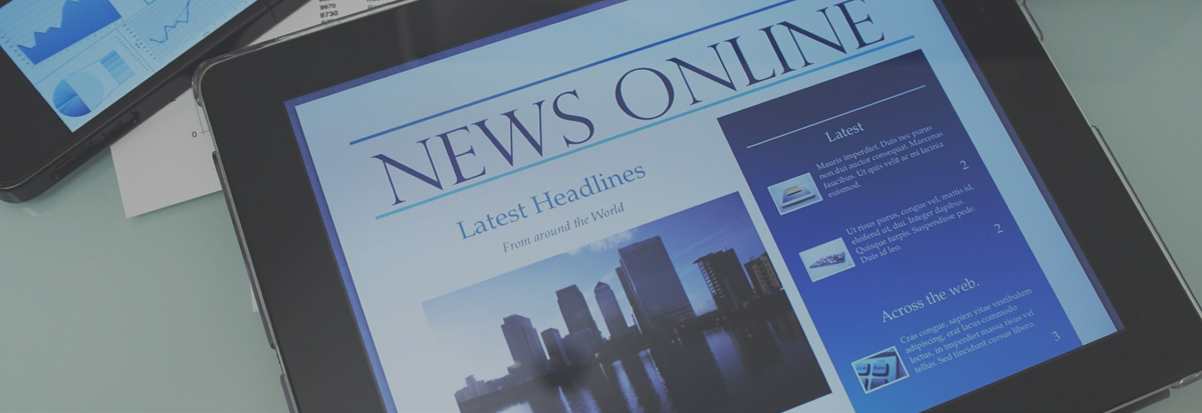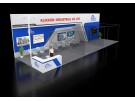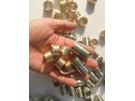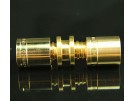Industry News
History: CNC machines are electro-mechanical devices that manipulate machine shop tools using computer programming inputs. Did you know? The name “CNC” actually stands for Computer Numerical Control and it represents one of two common methods (3D printing technology like SLA, SLS/SLM, and FDM being the other) to generate prototypes from a digital software file.
Earliest “CAD technology” for CNC machines: “punched tape”
The first CNC machines were developed in the 1940s and 50s and relied on a common telecommunication data storage technology known as “punched tape” or “perforated paper tape.” Punched tape technology is long obsolete as the data medium quickly transitioned to analog and then digital computer processing in the 1950s and 1960s.
How it Works: Machining in general is a way to transform a stock piece of material such as a block of plastic and arrive at a finished product (typically a prototype part) by means of a controlled material removal process. Similar to the other prototype development technology, FDM (3D printing), CNC relies on digital instructions from a Computer Aided Manufacturing (CAM) or Computer Aided Design (CAD) file like Solidworks 3D. The CNC machine interprets the design as instructions for cutting prototype parts. The ability to program computer devices to control machine tools rapidly advances shop productivity by automating the highly technical and labor intensive processes. Automated cuts improve both the speed and the accuracy with which prototype parts can be created - especially when the material is critical (such as is the case with polypropylene - read more about polypropylene).
Oftentimes machining processes require the use of multiple tools to make the desired cuts (e.g. different sized drill bits). CNC machines commonly combine tools into common units or cells from which the machine can draw. Basic machines move in one or two axes while advanced machines move laterally in the x, y axis, longitudinally in the z axis, and oftentimes rotationally about one or more axes. Multi axis machines are capable of flipping parts over automatically, allowing you to remove material that was previously “underneath.” This eliminates the need for workers to flip the prototype stock material and allows you to cut all sides without the need for manual intervention. Fully automated cuts are generally more accurate than what is possible with manual inputs. That said, sometimes finishing work like etching is better accomplished by hand as well as simple cuts that would require extensive design work to program the machine for automation.












